
Cape Barren Goose (Cereopsis novaehollandiae)
CApe Barren Goose. Large, heavyset, grey goose with slight downward slope to its black-tipped, yellow bill. Cape Barren geese can live on small, isolated islands along coastal Australia because, unlike most bird species, they have the ability to drink saltwater. Salt from the water is collected by gland located in their head.
Cape Barren Goose
Adults grow to around 85 centimetres tall with a wingspan of around 1.7 metres. Pairs of Cape Barren Geese mate for life, the male Cape Barren Goose builds the nest, on the ground in Native Iris tussocks or a stick saucer nest in open grassy flats. Usually, four or five white eggs are laid from late autumn, with the parents vigorously defending.
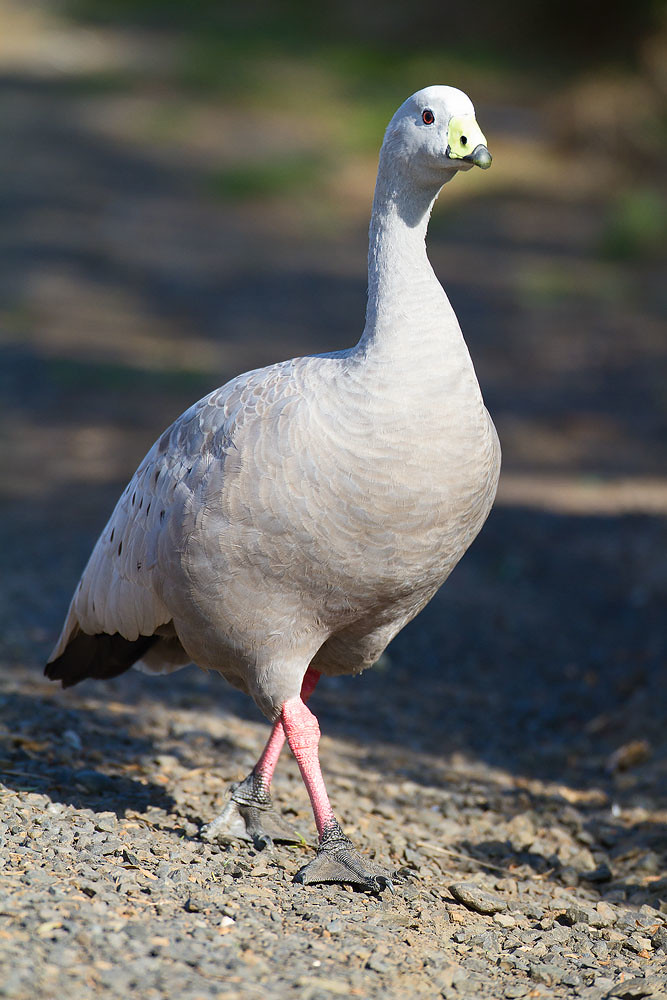
Cape Barren Goose Cape Barren Goose Kevin Agar Flickr
The Cape Barren goose belongs to the Anseriformes order, in the Anatidae family, its scientific name is Cereopsis novaehollandiae, from the greek "keros" meaning "wax" and "opsis" that means "similar" as its beak is covered with a waxy looking substance, while the second name, "novahollandiae" refers to the origins of this special goose: the southern coast of Australia.

Richard Waring's Birds of Australia Cape Barren Goose
The Cape Barren goose has pale gray plumage with black markings near the wing tips and tail. These geese also have pink legs, black feet and a bright greenish-yellow knot on their short black bill. Approximately 85 cm (24.5 ft) long; wingspan 1.7 m (5.5 ft) Approximately 3.12-6.8 kg (6.98-15 lbs.) Feeds on common island tussock, spear grass.

Cape Barren Goose photo Alan Fletcher photos at
The Cape Barren Goose is a very large, pale grey goose with a relatively small head. Its stubby triangular bill is almost concealed by a very prominent greenish-yellow cere (skin above the bill). It has rows of large dark spots in lines across the scapulars (shoulders) and wing coverts. The legs are pink to deep red and the feet black.

Cape Barren Goose (Cereopsis novaehollandiae) South Australia Reptiles, Mammals, Geese Breeds
The Cape Barren Goose is a bulky, large goose, measuring 30 - 40 inches (75- 100 cm) in length (including the tail) and a wingspan of 59 - 75 inches (150 - 190 cm). The relatively small head appears to be small for the size of its body. It weighs about 7 - 15 lbs (3.1 - 6.8 kg). Males are generally larger than the females.

Cape Barren Goose (Cereopsis novaehollandiae)
The Cape Barren goose is endemic to Australia and was introduced into New Zealand unsuccessfully at least three times between 1869 and 1874. Six birds released in 1914-15 at Lakes Hawea and Wanaka resulted in a small breeding population that persisted until 1946. Birds recorded elsewhere during or soon after that - Lake Thompson (1934), Loch.

Cape Barren Goose photo Alan Fletcher photos at
Generation length. 10.7 years. -. -. -. Population justification: The population is estimated to number 16,000-18,000 individuals, roughly equating to 11,000-12,000 mature individuals. Trend justification: The population is suspected to be stable in the absence of evidence for any declines or substantial threats.
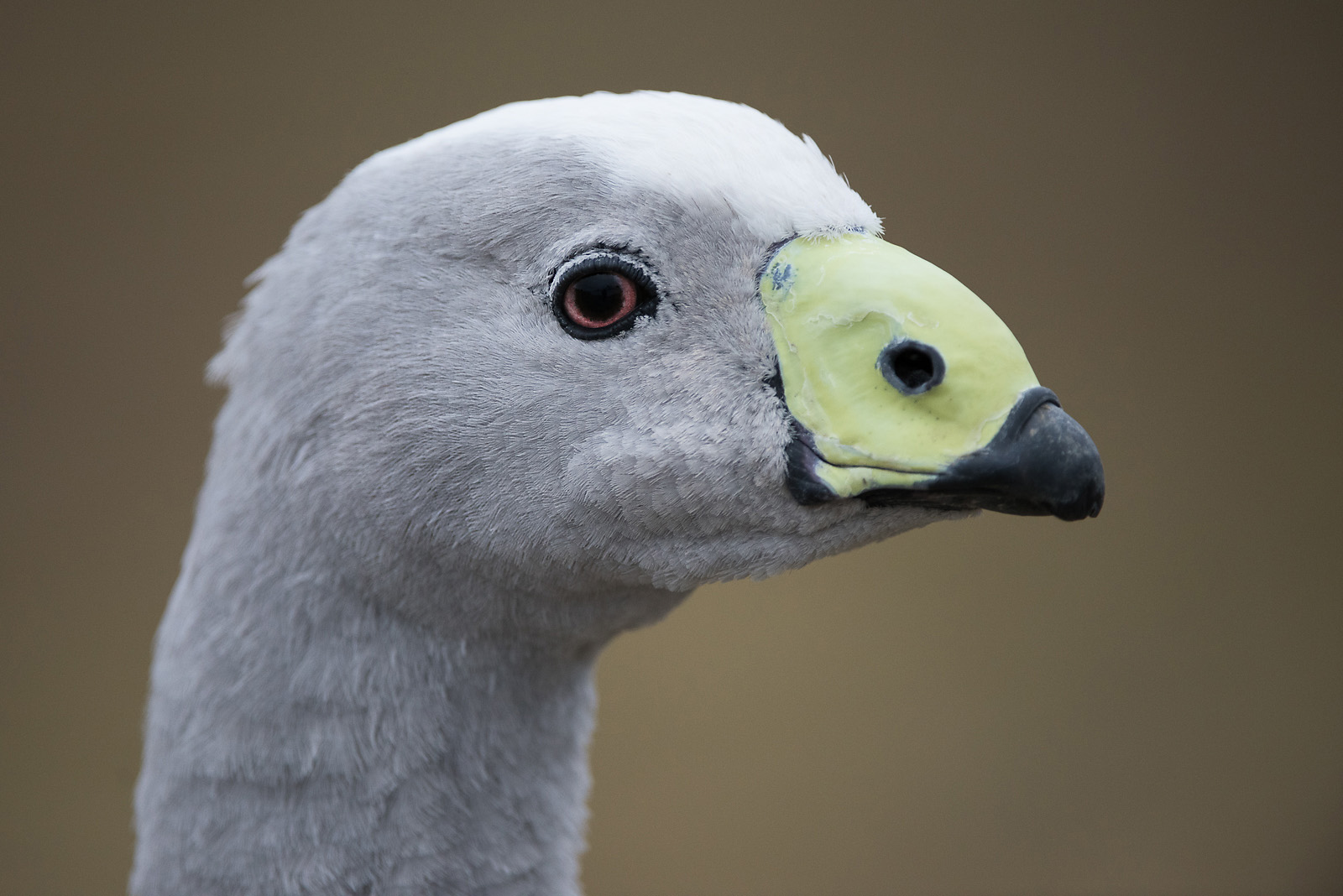
Cape Barren Goose Headshot Sean Crane Photography
We're bringing the birds of Sylvan Heights to you with video Keeper Talks! In today's talk, aviculturist Kat shares information about Baroness, a Cape Barren.
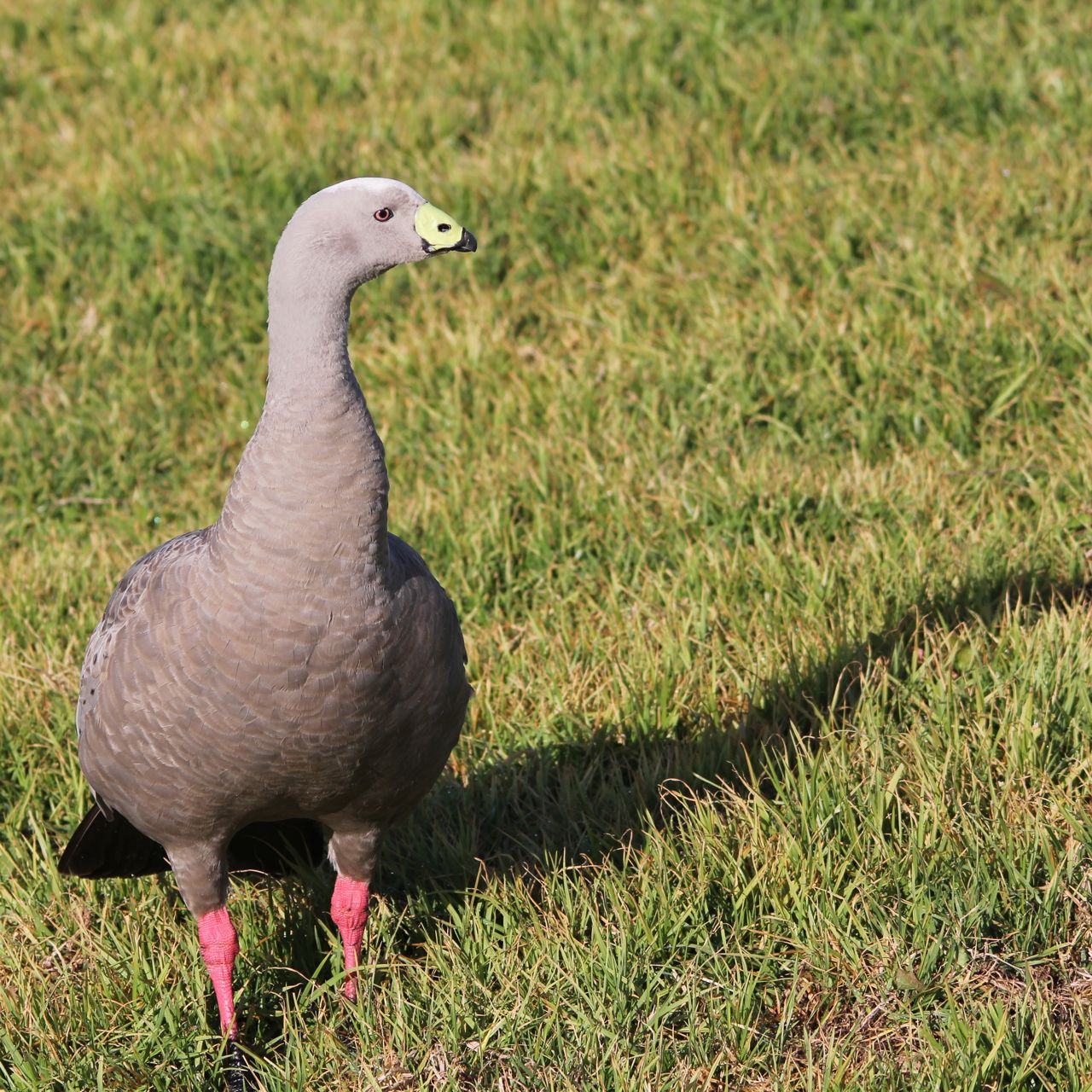
Pete's Flap Birding Aus Cape Barren Geese, Phillip Island
The Cape Barren Goose is able to drink salty or brackish water, allowing many of them to remain on offshore islands all year round. Identification. The Cape Barren Goose is a very large, pale grey goose with a relatively small head. Its stubby triangular bill is almost concealed by a very prominent greenish-yellow cere (skin above the bill).
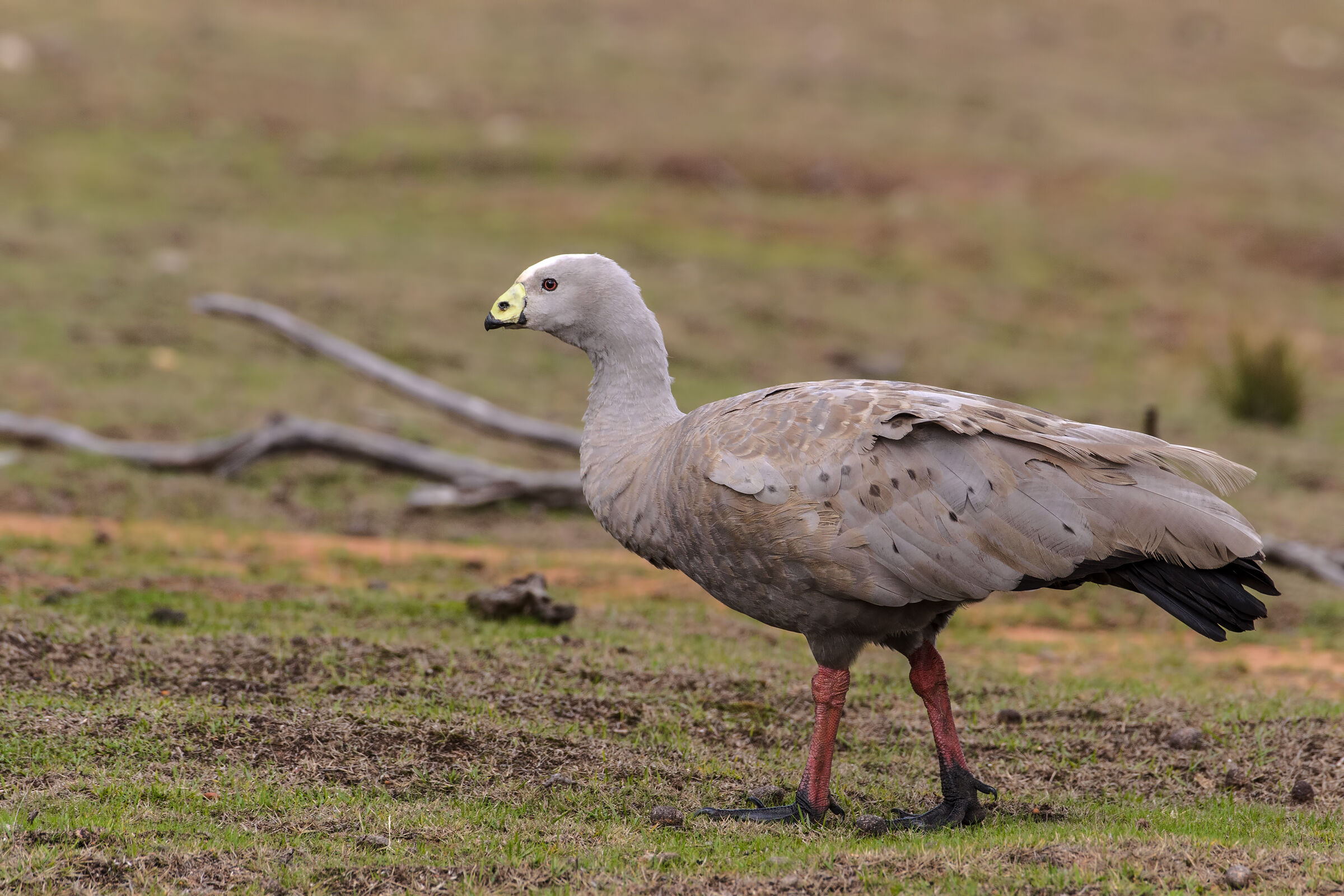
Cape Barren goose JuzaPhoto
The Cape Barren goose (Cereopsis novaehollandiae) is a large goose resident in southern Australia. Etymology. The species' common name is derived from Cape Barren Island, where specimens were first sighted by European explorers. It is known in the local Jardwadjali language as toolka..

Cape Barren Goose (Cereopsis novaehollandiae)
Description. Cape Barren Geese are large, grey goose-like birds with a square black tail. Males are larger than females, otherwise the sexes are alike. The wing coverts have large, irregular dark circles or blackish spots. The greenish-yellow cere covers most of the upper mandible except for its black tip. The legs are dusky-red and the feet.

Cape Barren goose Wikipedia
Escapee exotics do not count in official eBird totals. Very large, heavy-set pale gray goose found across parts of coastal southern Australia. Note pale yellow and slightly drooping bill. Mostly seen as pairs or loose flocks scattered around coastal wetlands, salt marshes, and grassy pasture areas.
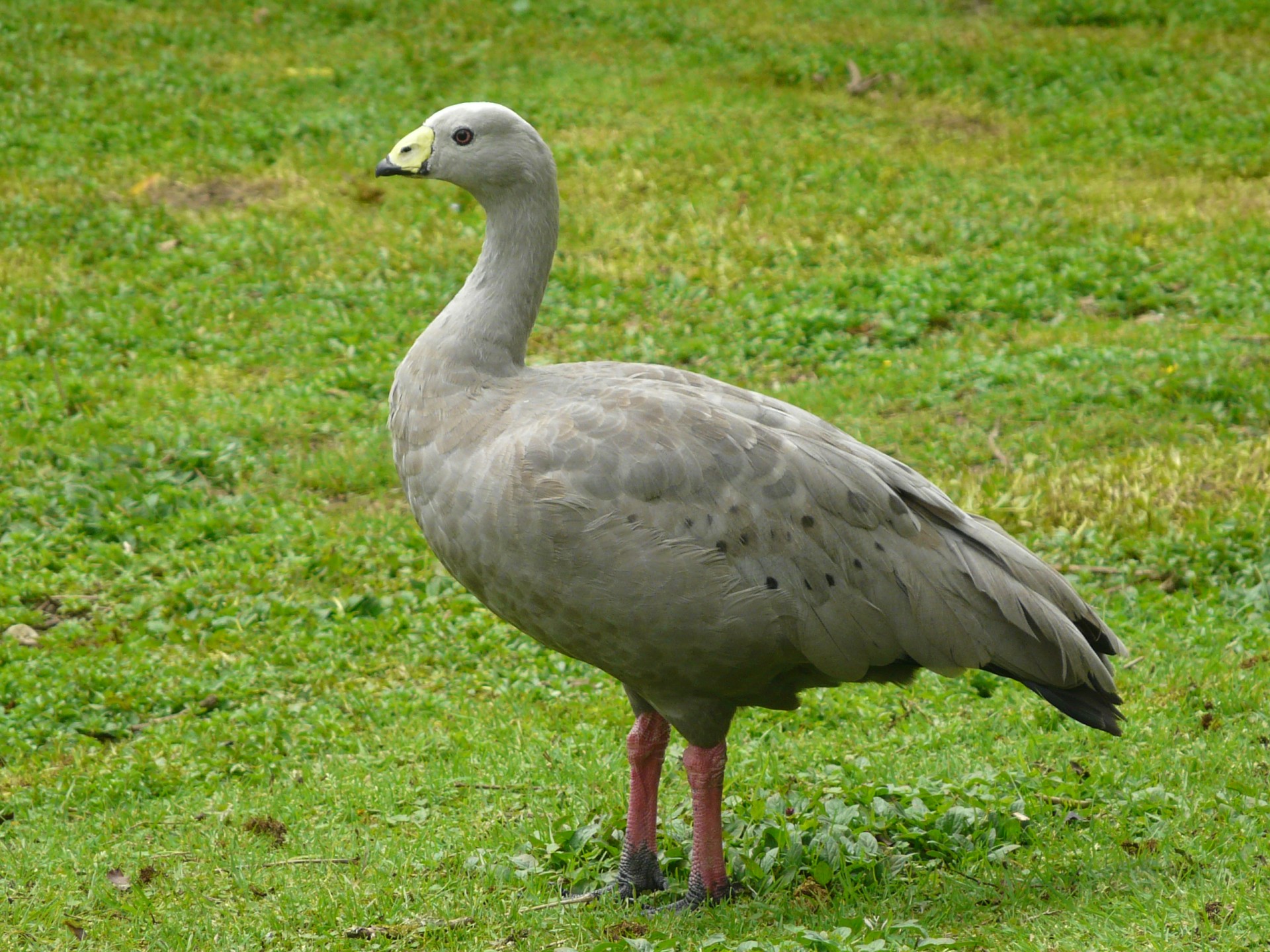
Cape Barren goose New Zealand Birds Online
Cape Barren Goose. Kingdom. Animalia. Location in Taxonomic Tree . Genus. Cereopsis. Species. Cereopsis novaehollandiae. Identification Numbers. TSN: 175202. Geography. Working with others to conserve, protect and enhance fish, wildlife, plants and their habitats for the continuing benefit of the American people.
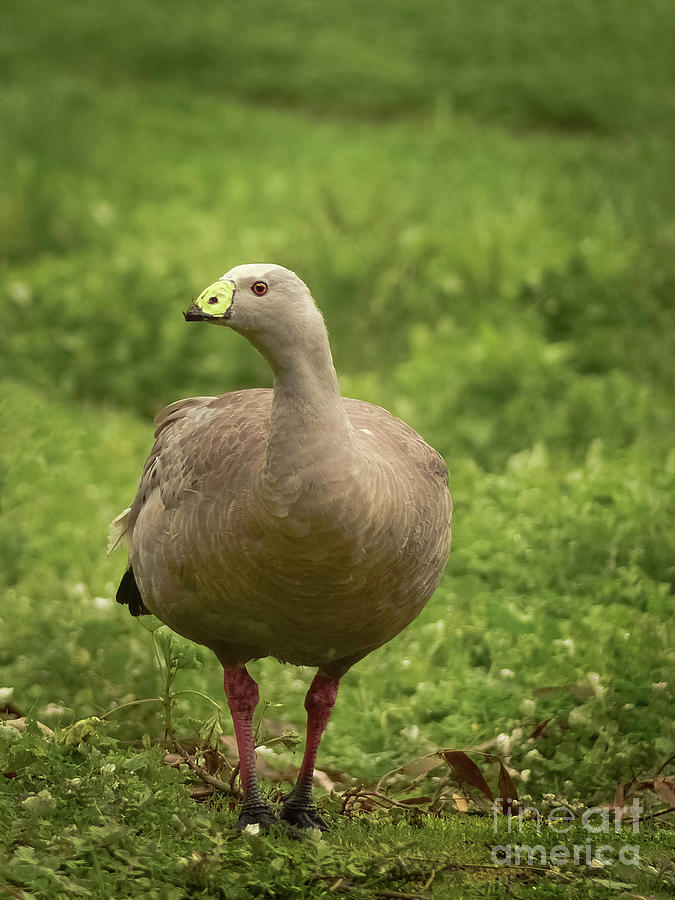
Cape Barren Goose Australia Photograph by Teresa A and Preston S Cole Photography Fine Art America
The Cape Barren goose is a large diurnal bird measuring between 30 and 39 inches long. These birds have a wingspan of about 1.7 meters across. The average Cape Barren goose weighs between 3 and 7 kg. Male Cape Barren geese are larger and heavier than females. - Temperament. The Cape Barren geese are gregarious and shy when alone and around.

Richard Waring's Birds of Australia Cape Barren Goose
You can read more about Cape Barren Goose here - https://avibirds.com/cape-barren-goose/In this video, we learn about the cape barren goose.Quick facts:• Lif.